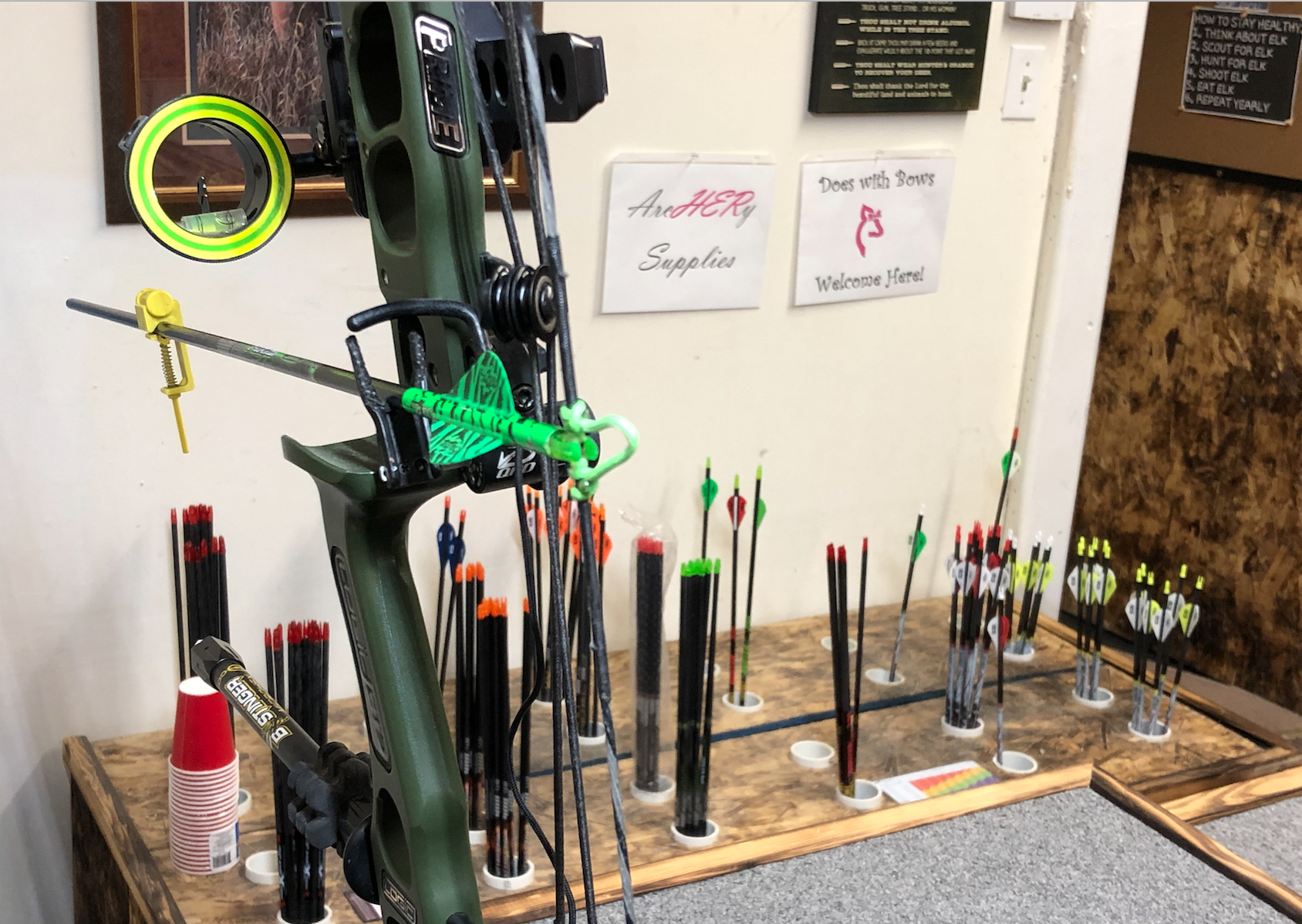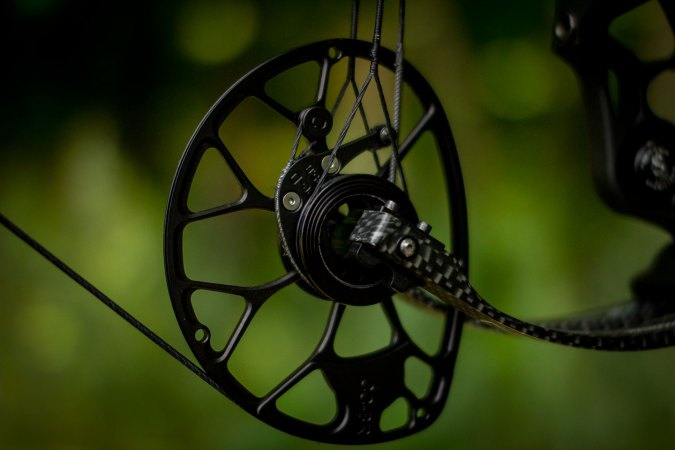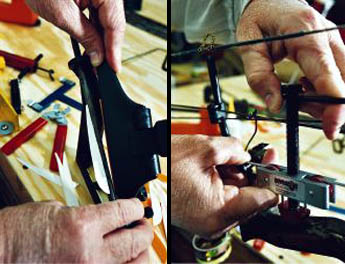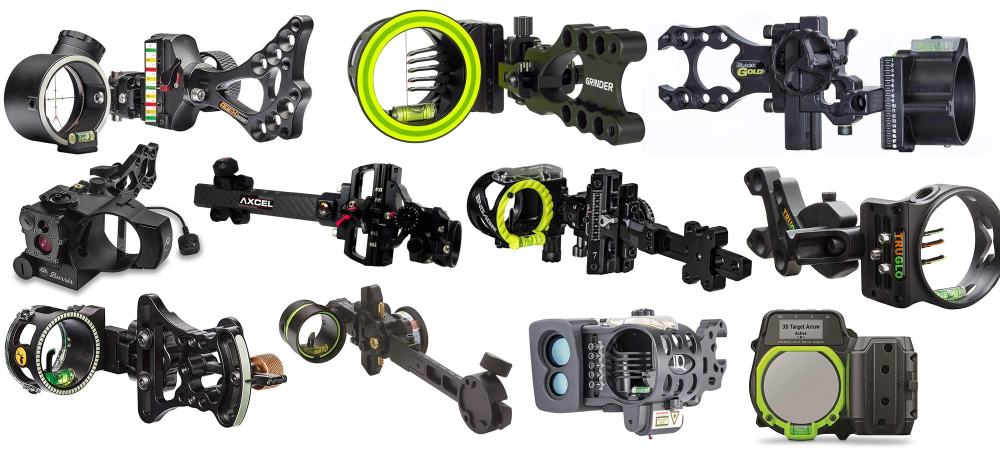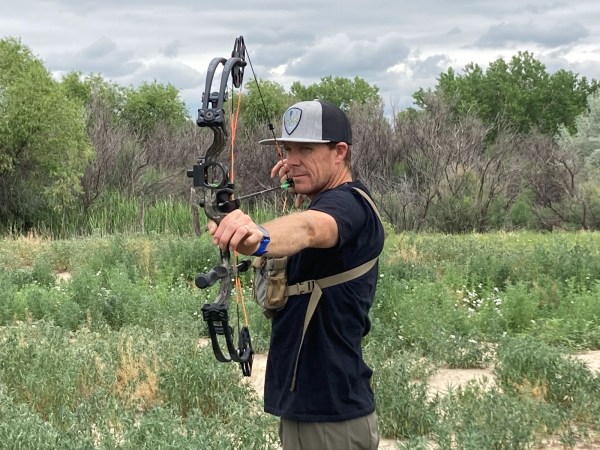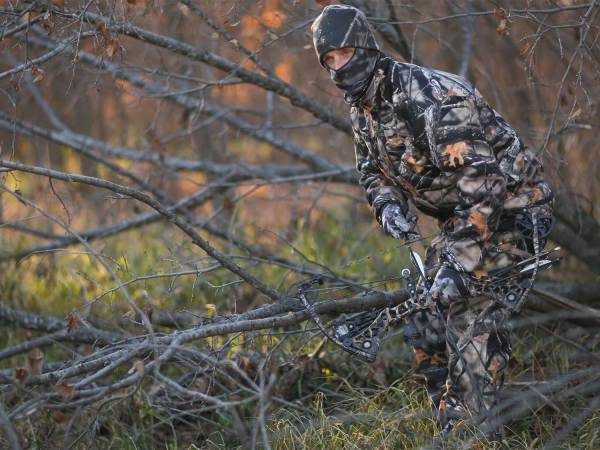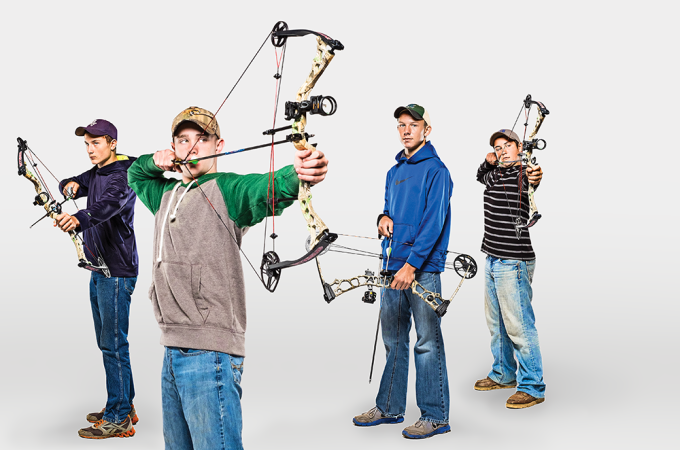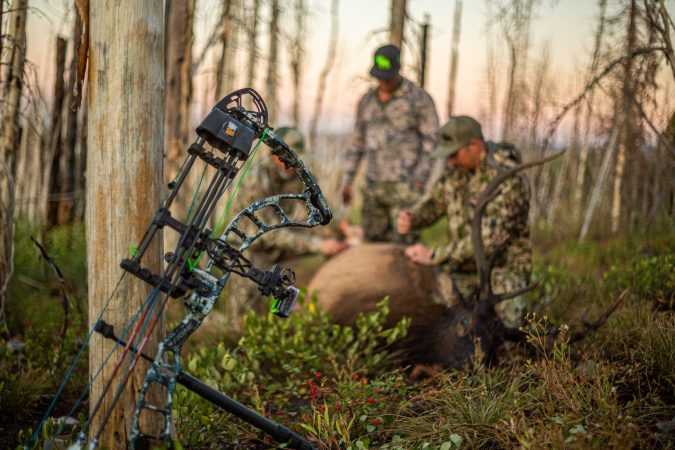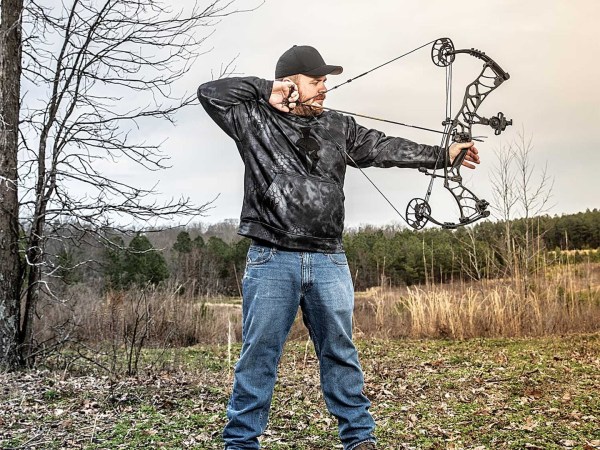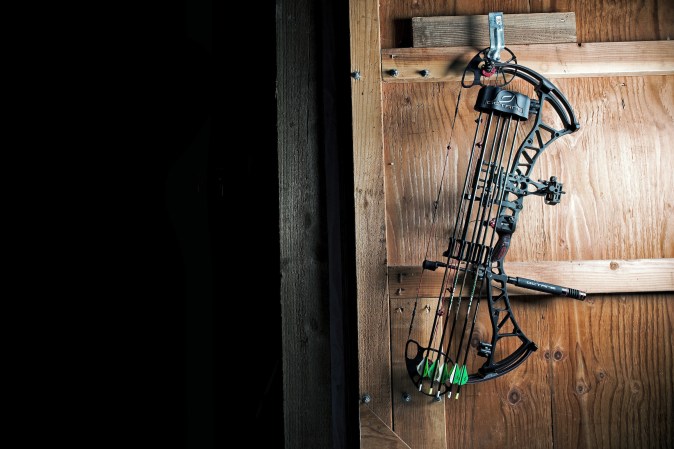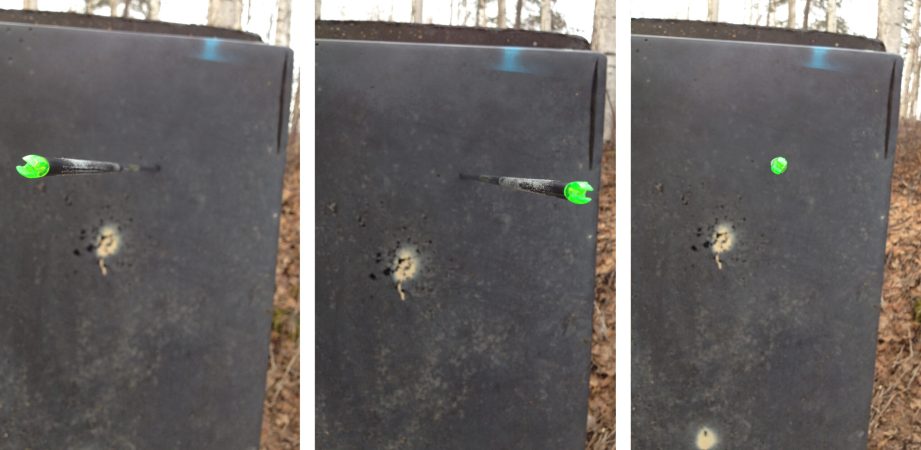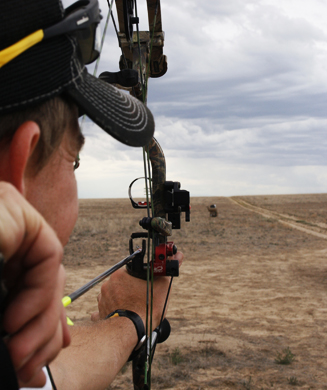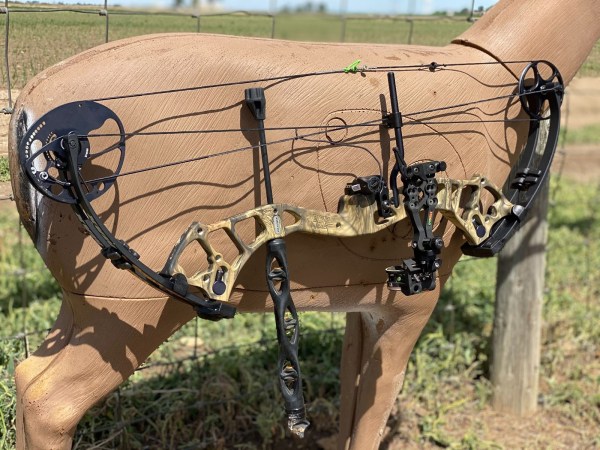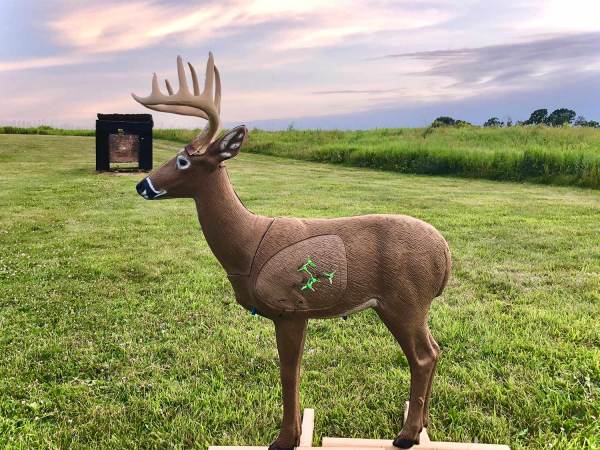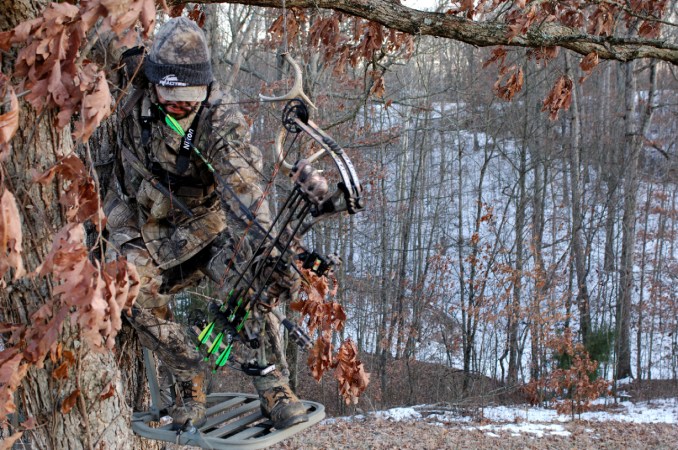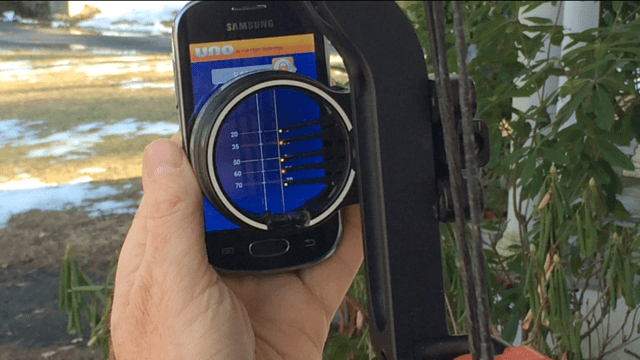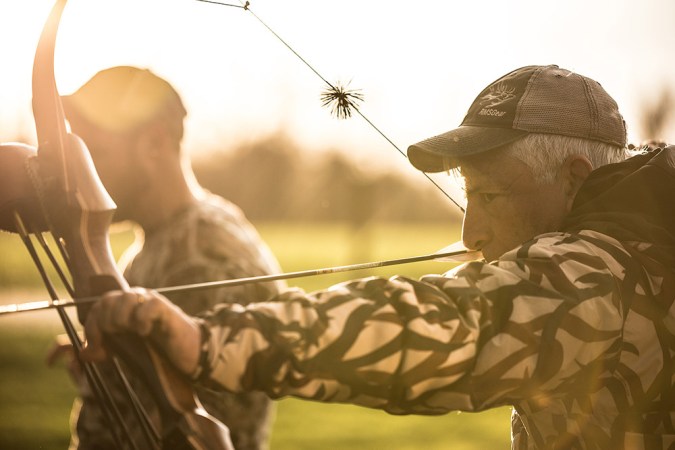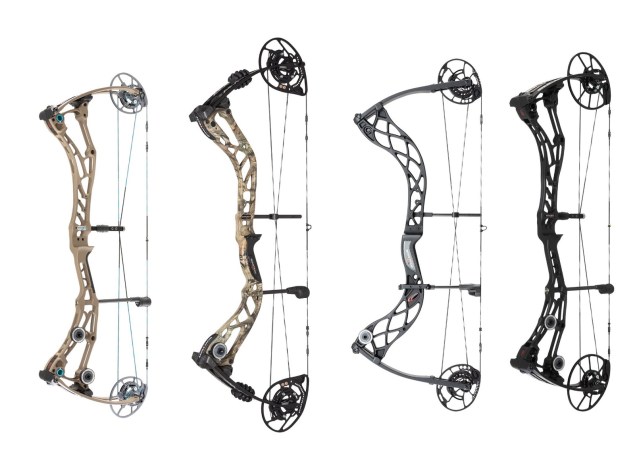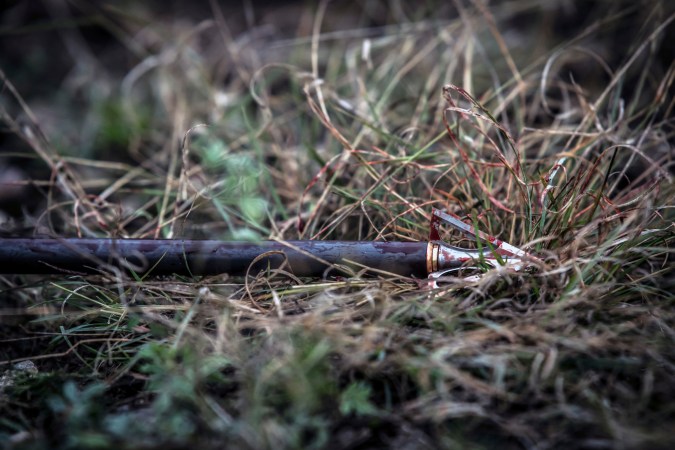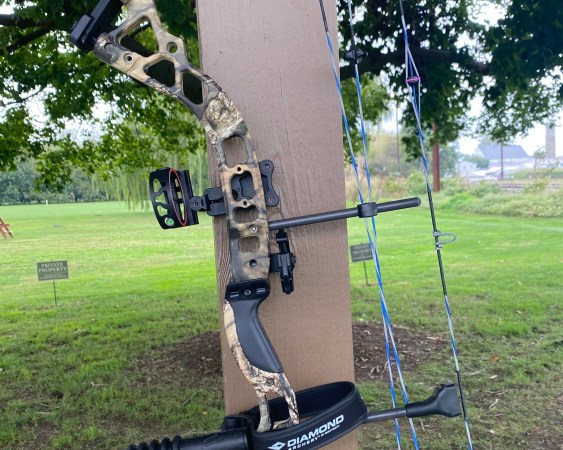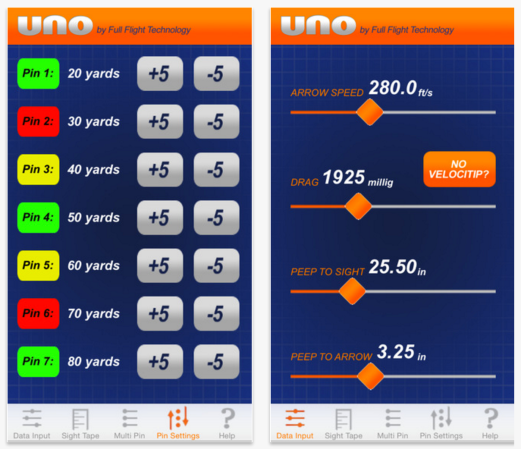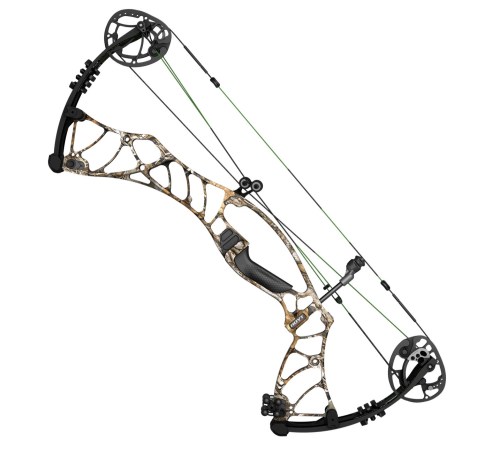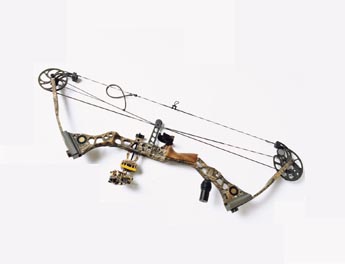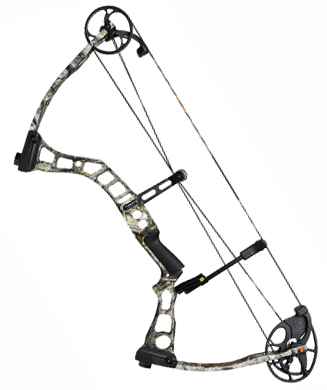We may earn revenue from the products available on this page and participate in affiliate programs. Learn More ›
The newbie bowhunter was excited. He’d just dropped serious coin on a new-for-that-year bow. He completed the package with a top-tier sight and rest. He spared no expense on arrows or broadheads.
But, the bow was in and out of the press before I could blink. I gave the bow tech the benefit of the doubt. Maybe he was just doing some preliminary work. The customer asked, “Shouldn’t this peep sight be tied in?” His response: “No, these new peeps have deep grooves that grab the string. You will be fine. That thing will never move.” What!?
I spend lots of time in archery pro shops each year. Being an archery fanatic, I tend to shuffle through them on a regular basis. The stone-cold truth is that there are some great shops out there, and then, there are some hacks. Here are six common fibs unethical archery pro shops feed bow hunters. Knowledge is power, and hopefully, the following will help you save money and improve your shooting setup.
Fib 1: Draw Length Doesn’t Need To Be Exact
Any shop worth its salt will make sure to measure you before putting you into a bow. If they don’t, you need to ask them to do so. It’s a simple process that measures your tip-to-tip wingspan. Numbers are taken and put into a (wingspan/2.5) formula, and viola, you have your draw length.
Correct draw length is vital to your success. You will never learn proper shooting form if your draw length is too short. Your confidence will shrink because your accuracy will never be what you want it to be, or what it could be. On the flip side, if your draw length is too long, you’ll miss out on the full potential of the stored energy of the bow. You won’t be comfortable at full draw, and the bowstring will slap you because you won’t be able to put a slight bend in your bow arm.
Make sure you get your draw length measured, and if the dealer doesn’t have a cam configuration in your length, have them order one. If the bow is draw-length adjustable, have them take two minutes and adjust the bow’s modules to the proper setting.
Fib 2: That Peep Won’t Move
“Bull butter,” says Royle Scrogam, owner of Wolf Pack Outdoors archery shop. “Not only does your peep need to be tied in once proper height is determined, it needs to be tied in right. A few strands of serving placed above and below the peep doesn’t cut it. Your peep will likely move with this type of janky tie-in job, and peep movement up or down, even if it’s only slight, will cause up/down arrow impact problems.
“The peep must be tied into the string. If your shop doesn’t do this, simply tell them it’s what you want. Also, use a bright-colored Sharpie and mark your peep location on the string. This way you can push it back if it ever does move.”
Fib 3: Paper Tuning Isn’t Necessary
Last summer, while asking trying to get my bow tuned in a South Dakota archery pro shop, an employee told me, “We get them close, but as important as a clean paper tear is, we just don’t have the time to get it perfect.”
Wrong answer.
A proper paper tune is essential to building confidence and shooting accurately out of the gate. If a shop isn’t willing to help you get your bow/arrow combo perfect, buy your bow somewhere else. A shop should help you pick the right spined arrow for your bow as well as cut those arrows to the proper length.
You also need to make sure your shop is willing to help you re-tune your bow once string stretch has occurred. A savvy bow tech that cares about his customers will mark the position of your cams once an adequate tune is achieved. As you shoot the bow over the next few weeks, the orientation of those marks on the side of the cams will likely change. Why? The string has stretched. Be sure, before you buy the bow, that the shop will help you re-tune once string stretch has happened.
Some shops will tell you today’s strings don’t stretch at all. Sometimes this is the case, but rarely. Others will tell you a little stretch doesn’t matter, and to simply adjust your sight. Again, not OK. Adjusting your sight does nothing to help improve the overall tune of the bow. You spent good money and deserve a rig that’s tuned properly.
Fib 4: The Second- and Third-Axis are Preset on Your Sight
A good sight is essential for accuracy, and there are tons of them on the market. However, just because you drop some greenbacks on a good sight doesn’t mean that sight will perform for you. You must take advantage of the sight’s features, and two of those features are second- and third-axis. Both take a bit of time to set, and I’ve received numerous emails over the years from frustrated bowhunters that noted a shop employee told them things like: “The sight comes with second- and third-axis preset.”
Wayne Endicott owns and operates arguably the most respected archery pro shop in the country, The Bow Rack. He told me in a recent conversation that third-axis, which is essential for angled shots, can’t be ignored.
“Let’s say you’re shooting at a downhill angle of 30 degrees, at a distance of 40 yards, and your third-axis isn’t properly set,” Endicott says. “If this is the case, you’ll miss your mark by as much as five inches.
“Don’t let a shop tell you that third-axis isn’t important or isn’t important because you don’t hunt out West. Treestand shots create angles, right? We don’t let a sight leave the shop without making sure the third-axis on that sight is set correctly.
“The same is true for second-axis. Second axis runs directly through the center of your sight’s housing. If your second-axis isn’t set, your bubble will be lying to you every single time you take a shot. Don’t be afraid to ask questions. You’re the customer and it’s your money that you’re spending.”
Fib 5: Only Expensive Arrows Will Work
Arrow manufacturers have done an incredible job at providing us with straight-flying projectiles that hit like a ton of bricks. With that noted, don’t think that a particular arrow brand’s low-priced carbon shaft won’t get the job done.
“They told me my new bow will only handle new micro-diameter arrows,” a good buddy told me recently. “They said if I go with a standard-sized carbon arrow, the bow wouldn’t tune. I’d just spent over a thousand dollars and then they persuaded me into buying a dozen arrows that cost me an additional $250.”
Here’s the deal. Arrow performance is all about matching the spine of that arrow to your bow’s setup. A savvy shop will know that three things should be considered when choosing an arrow with an ideal spine for your new rig, and those things are bow poundage, arrow weight, and point weight. From there, they can help you pick a spine (the shaft’s propensity to bending when force is applied) that fits your bow. It doesn’t matter what arrow you’re shooting. If you’re over- or under-spined, you’ll never shoot as accurately as you would with a properly-spined arrow. If you’re looking for an economical carbon shaft, let your dealer know that, and make sure they help you find one—because mostly every arrow brand offers them, and they shoot just fine.
Fib 6: You Need to Pull Your Max Weight
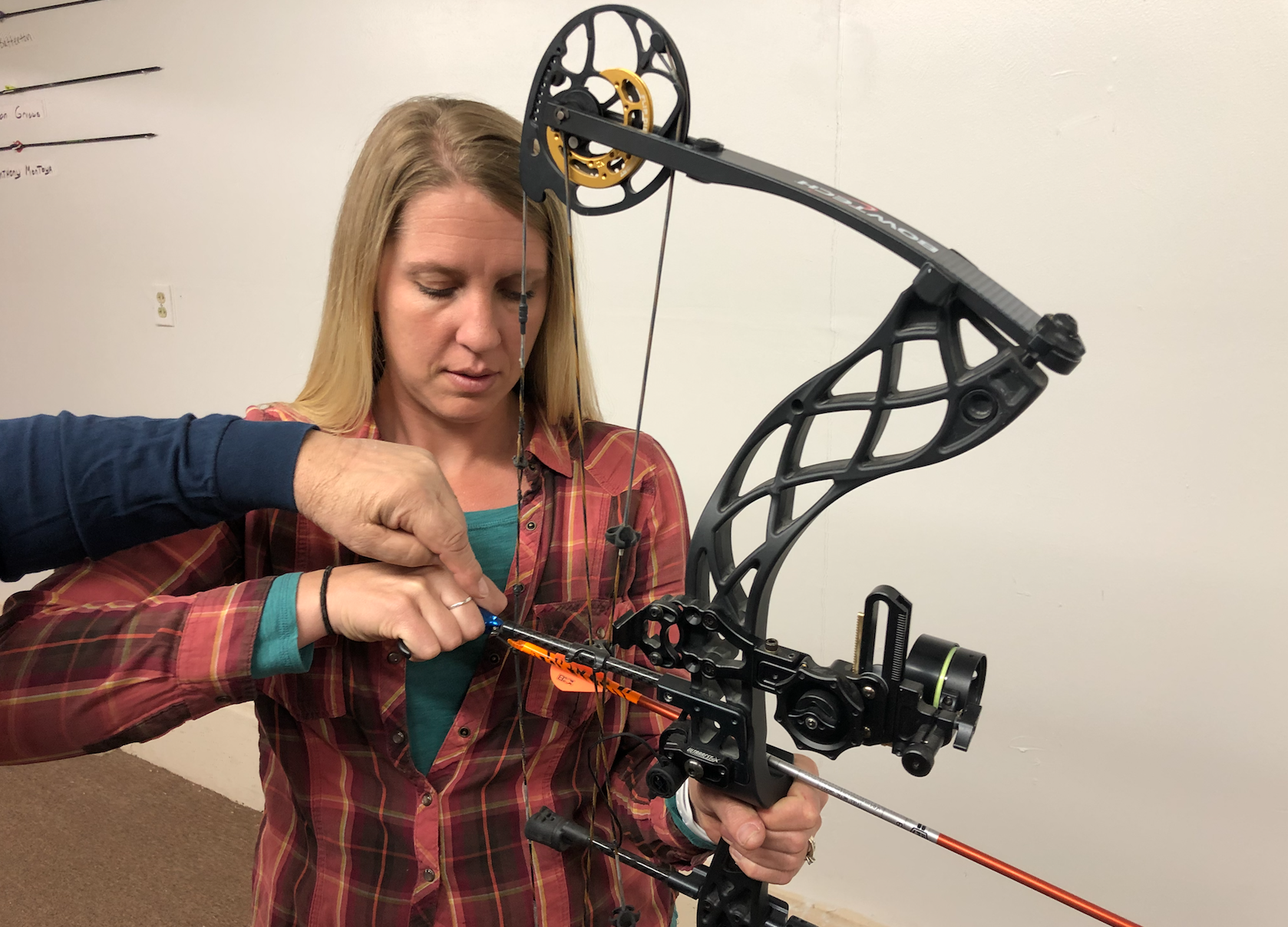
Recently, my wife splashed an arrow through a pronghorn at 35-yards. She was pulling 50 pounds and shooting an arrow/broadhead combo with a finished grain weight of 315 grains. I tell you this because many shops will tell you that you need to pull 60 to 70 pounds to harvest big-game animals. Sure, bows in the 60- to 70-pound draw-weight class are the most common, but that weight isn’t required for a lethal setup.
Harvesting big game with a bow and arrow is all about proper shot placement. If you’re over bowed, you won’t be able to achieve proper shot placement because you’ll be shaking like a leaf or simply won’t be able to draw your bow in the moment of truth.
Make sure your pro shop technician uses a release-aid training device and lets you pull back a number of bows set at different poundages. This way you can select a poundage that feels right to you.
